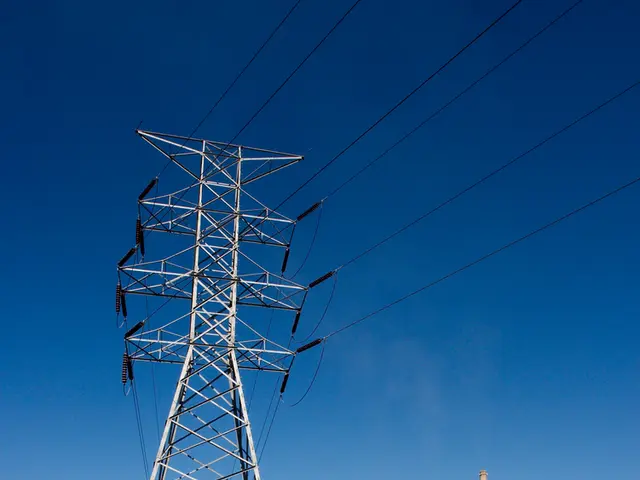China's Renewable Energy Boom Hides Carbon Emission Challenges
China, the world's largest emitter, has made significant strides in renewable energy while also facing challenges in reducing its global entry. In 2024, it installed around 400 gigawatts of solar and wind power, more than half the global total. However, its overcapacity in carbon-intensive iron and steel production threatens Europe's decarbonization efforts.
Solar-plus-battery systems have emerged as the most cost-effective way to provide round-the-clock electricity across most of the global sunbelt. This is due to the dramatic decrease in solar PV costs, which have fallen by 90 percent in 15 years, and battery costs, which have plummeted. China, the global leader in five key 'green' technologies, is well-positioned to capitalize on this trend.
However, China's emissions remain a significant concern. In 2022, it emitted 15.7 gigatons of greenhouse gases, more than the US or the EU combined. Its power system alone contributes 5.9 gigatons annually, largely due to coal power. Despite plans to add 280 gigawatts of coal-power capacity by 2029, China aims to reduce its emissions by 7 to 10 percent from peak levels by 2035 and increase the share of non-fossil fuels in energy consumption to over 30 percent.
China's cumulative carbon dioxide emissions between now and 2060 could reach around 250 gigatons. To keep global warming 'well below 2°C', Chinese and European leaders must work together. They should set more ambitious emissions-reduction targets, decarbonize heavy industry, welcome China's clean-tech leadership, and collaborate to finance clean-energy growth in low-income countries.







